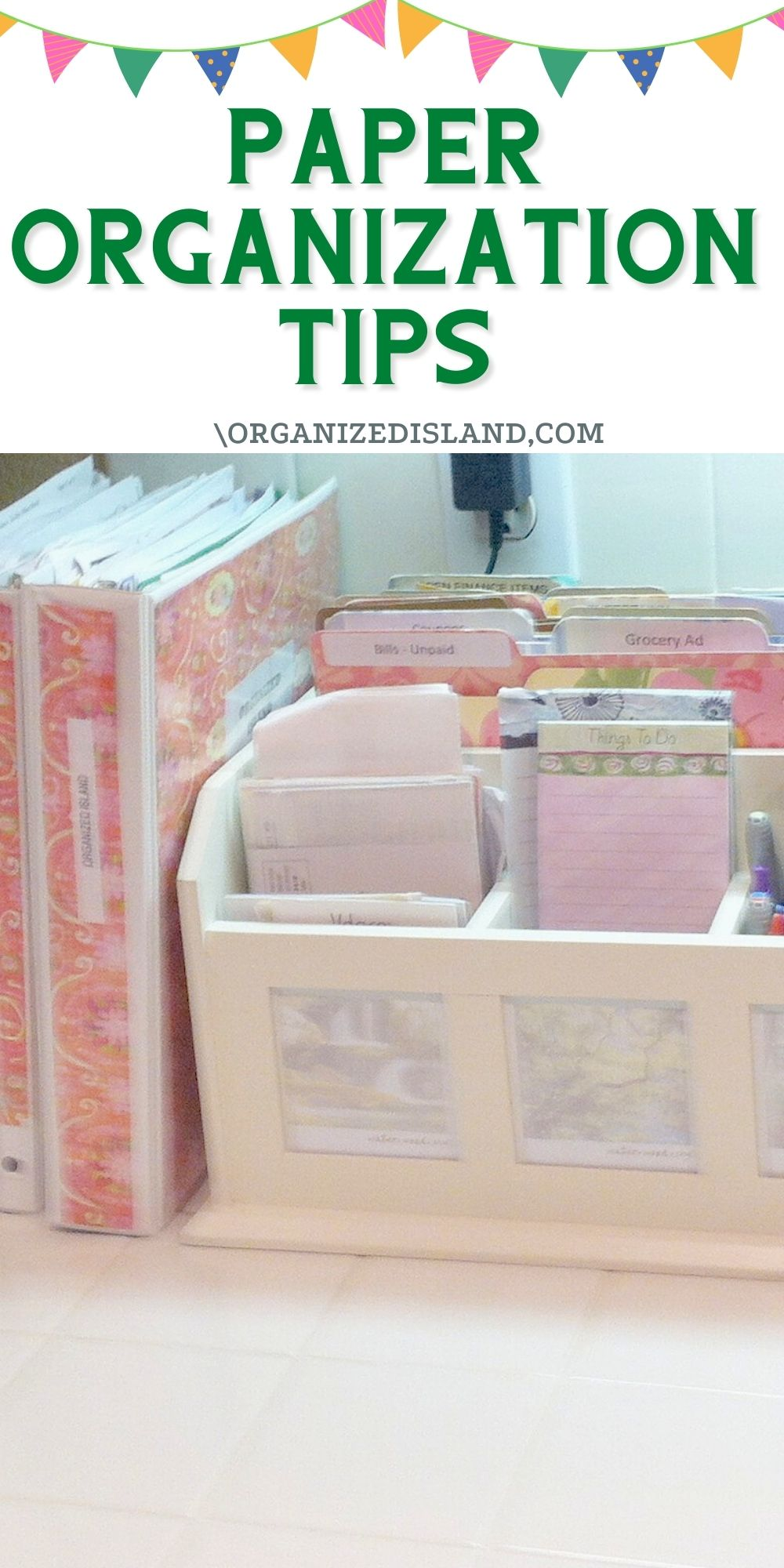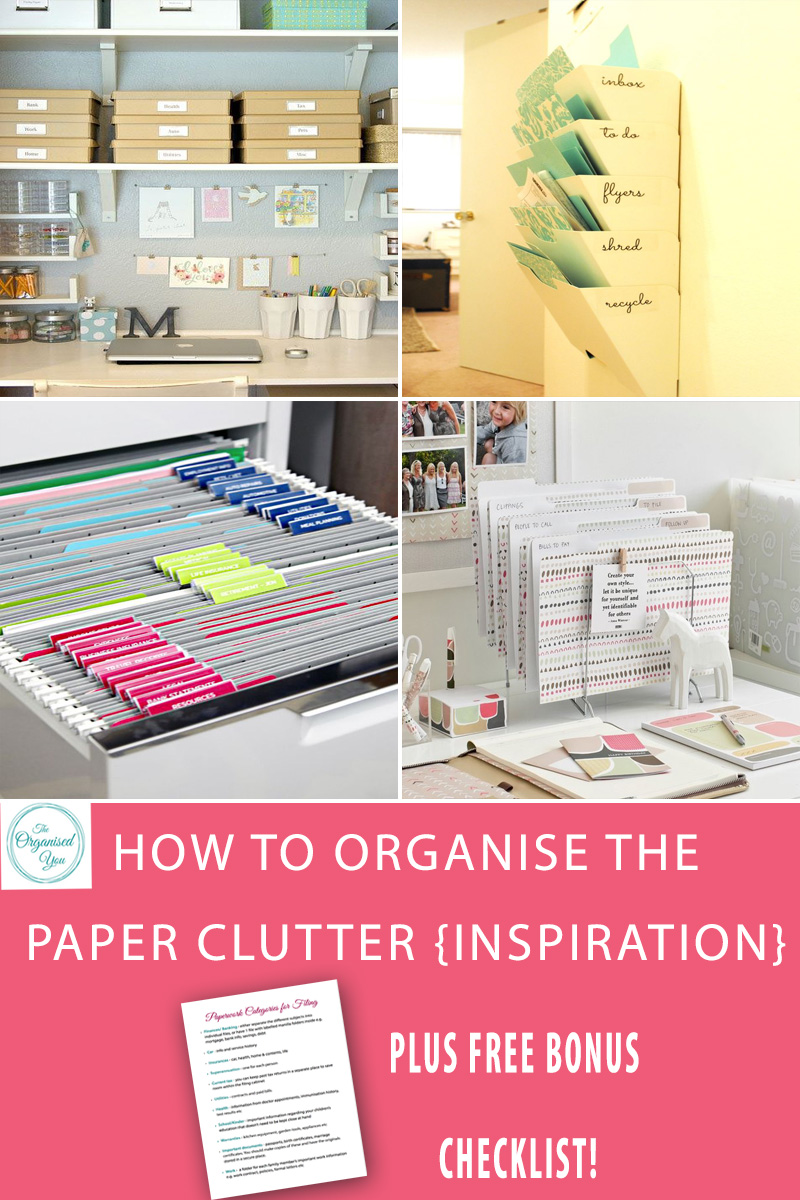7 Simple Tips to Organize Home Paperwork Efficiently

Paper clutter can quickly overwhelm any household, creating unnecessary stress and making important documents hard to find when you need them. Whether it's bills, school records, or personal correspondence, managing paperwork is essential for maintaining an orderly home. Here are seven practical strategies to help you conquer the chaos and keep your paperwork in check:
1. Designate a Home for Documents


The first step in organizing paperwork is to establish a dedicated space where documents will live. This could be:
- A specific desk drawer or cabinet.
- A filing system with labeled folders or bins.
Having a predetermined location reduces the likelihood of papers being scattered around your home.
2. Sort and Shred


Here’s how to manage the incoming paper:
- Immediate Action: Handle bills, invitations, or time-sensitive documents right away.
- File: Sort documents that need to be retained for reference into appropriate categories like finances, health, or education.
- Shred: Dispose of sensitive documents like old credit card statements or banking details securely.
This sorting process helps maintain control over incoming papers.
3. Digitalize Where Possible


Reduce physical clutter by digitizing what you can:
- Use a document scanner or your phone’s camera to create digital copies of important papers.
- Consider cloud storage solutions like Google Drive or Dropbox for easy access and backup.
📝 Note: Ensure that digital files are encrypted and backed up regularly to protect against data loss.
4. Regular Maintenance


Set regular intervals to revisit your paperwork:
- Weekly review: Check for time-sensitive documents or actions needed.
- Monthly purge: Go through your filing system to remove outdated or unnecessary documents.
Keeping up with maintenance keeps the system from becoming overwhelming.
5. Use a Clear System for Naming Folders


To efficiently find what you need, name your folders clearly:
- Follow a systematic naming convention like “Year-Month-Document Type” (e.g., “2023-05-Car Insurance”).
6. Create a Master List or Spreadsheet


For an overview of important documents:
- Compile a list or use a spreadsheet to track document names, locations, and retention periods.
7. Go Paperless with Bills and Subscriptions


Opt for electronic statements:
- Sign up for paperless billing for utilities, bank statements, and subscriptions to reduce incoming mail.
In wrapping up our exploration of efficient paper organization at home, it’s clear that a systematic approach is key to reducing clutter and enhancing organization. By establishing a designated space for documents, sorting through papers with a shredder in hand, digitizing where feasible, maintaining the system, using clear naming conventions, creating a master document list, and transitioning to paperless options, you can achieve a home where paperwork is no longer a source of frustration but an organized part of your daily life.
How often should I go through my paper documents to maintain organization?

+
It’s recommended to do a weekly check for any urgent documents and conduct a monthly review to purge outdated or unnecessary papers.
Is it safe to throw away old financial documents after shredding them?

+
Yes, shredding sensitive documents destroys them to the point where information cannot be easily retrieved, making it safe to dispose of them.
What are the advantages of going paperless with my bills and subscriptions?

+
Going paperless reduces clutter, saves trees, cuts down on mailing costs, and allows for easy organization and retrieval of documents digitally.
What should I do with paper clutter during the transition to digital storage?

+
Start by sorting your papers into categories, digitize what you can, and keep essential physical documents in a safe, organized space. Gradually, you’ll reduce the amount of paper you need to store.
Can I set up a digital organization system that mimics my physical filing?

+
Absolutely. You can replicate your physical filing system by creating folders and subfolders on your computer or cloud storage service that mirror your physical organization. This can make the transition to digital storage smoother.



